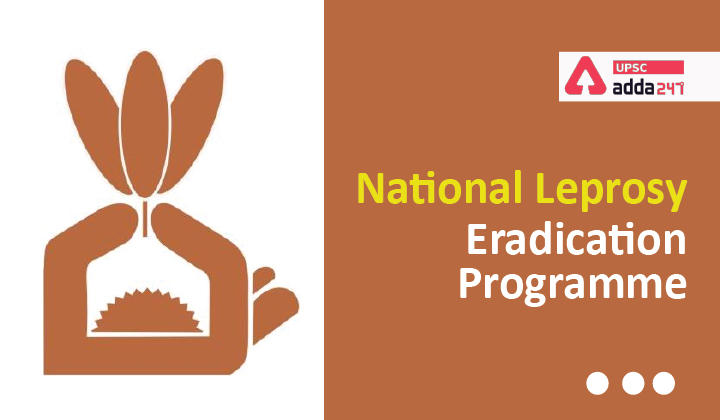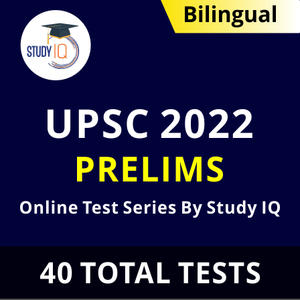Table of Contents
National Leprosy Eradication Programme: Relevance
- GS 3: Issues relating to development and management of Social Sector/Services relating to Health, Education, Human Resources.
National Leprosy Eradication Programme: Context
- Recently, the Minister of Health and Family Welfare has informed the Rajya Sabha about the progress achieved in National Leprosy Eradication Programme.
Progress achieved under NLEP
| Year | 2014-15 | 2021-22 (Sep) |
| Prevalence Rate | 0.69 | 0.40 |
| Percentage of Child Cases | 9.04 | 5.31 |
| Annual New Case Detection Rate/ 100000 | 9.73 | 4.74 |
About National Leprosy Eradication Programme
- National Leprosy Eradication Programme (NLEP) is a Centrally Sponsored Scheme under the umbrella of National Health Mission (NHM).
- India has achieved the elimination of leprosy as a public health problem i.e., defined as less than 1 case per 10,000 populations, at the National level.
- The NLEP aims at eliminating leprosy in each of the districts by 2030.
- Under the National Leprosy Eradication Programme action is taken for early case detection; complete treatment of detected cases, and to contain the onset of disease in close contacts of the index cases (persons diagnosed with leprosy).
Major Initiatives under NLEP
- Leprosy Case Detection Campaigns (LCDC) for 14 days in high endemic districts
- ASHA Based Surveillance for Leprosy Suspects (ABSULS)
- Focused Leprosy Campaign (FLC) in low endemic districts for case detection
- Special plans for Hard-to-Reach areas for early case detection and treatment on time
- The first two activities, namely, LCDC and ABSULS have now been clubbed together as “Active Case Detection and Regular Surveillance” (ACDRS) both in rural and urban areas in order to ensure detection of leprosy cases on regular basis and at an early stage in order to prevent Grade II disabilities.
- Sparsh Leprosy Awareness Campaigns on 30th January.
- Convergence of leprosy screening under Rashtriya Bal Swasthya Karyakram (RBSK) for screening of children (0-18 years) and under Ayushman Bharat for screening of people above 30 years of age
- NIKUSTH – A real time leprosy reporting software implemented across India
- Joint Monitoring and Investigation Group (JMIG) formed.
- For encouraging the district heath functionaries, provision of certification and award to the districts for achieving leprosy elimination. Under two categories :1) Gold Category 2)Silver category
- Contact tracing is done and Post Exposure Prophylaxis (PEP) with Single dose of Rifampicin (SDR) is administered to the eligible contacts of index case in order to interrupt the chain of transmission
- Various services are provided under the programme for Disability Prevention and Medical Rehabilitation (DPMR), i.e., reaction management, provision of Microcellular Rubber (MCR) footwear, Aids & Appliances, self-care kits, etc.
- Reconstructive Surgeries are conducted at District Hospitals/Medical Colleges/ Central Leprosy Institutes, and welfare allowance @ Rs 8000 is paid to each patients undergoing RCS.
Also Read:





 TSPSC Group 1 Question Paper 2024, Downl...
TSPSC Group 1 Question Paper 2024, Downl...
 TSPSC Group 1 Answer key 2024 Out, Downl...
TSPSC Group 1 Answer key 2024 Out, Downl...
 UPSC Prelims 2024 Question Paper, Downlo...
UPSC Prelims 2024 Question Paper, Downlo...
